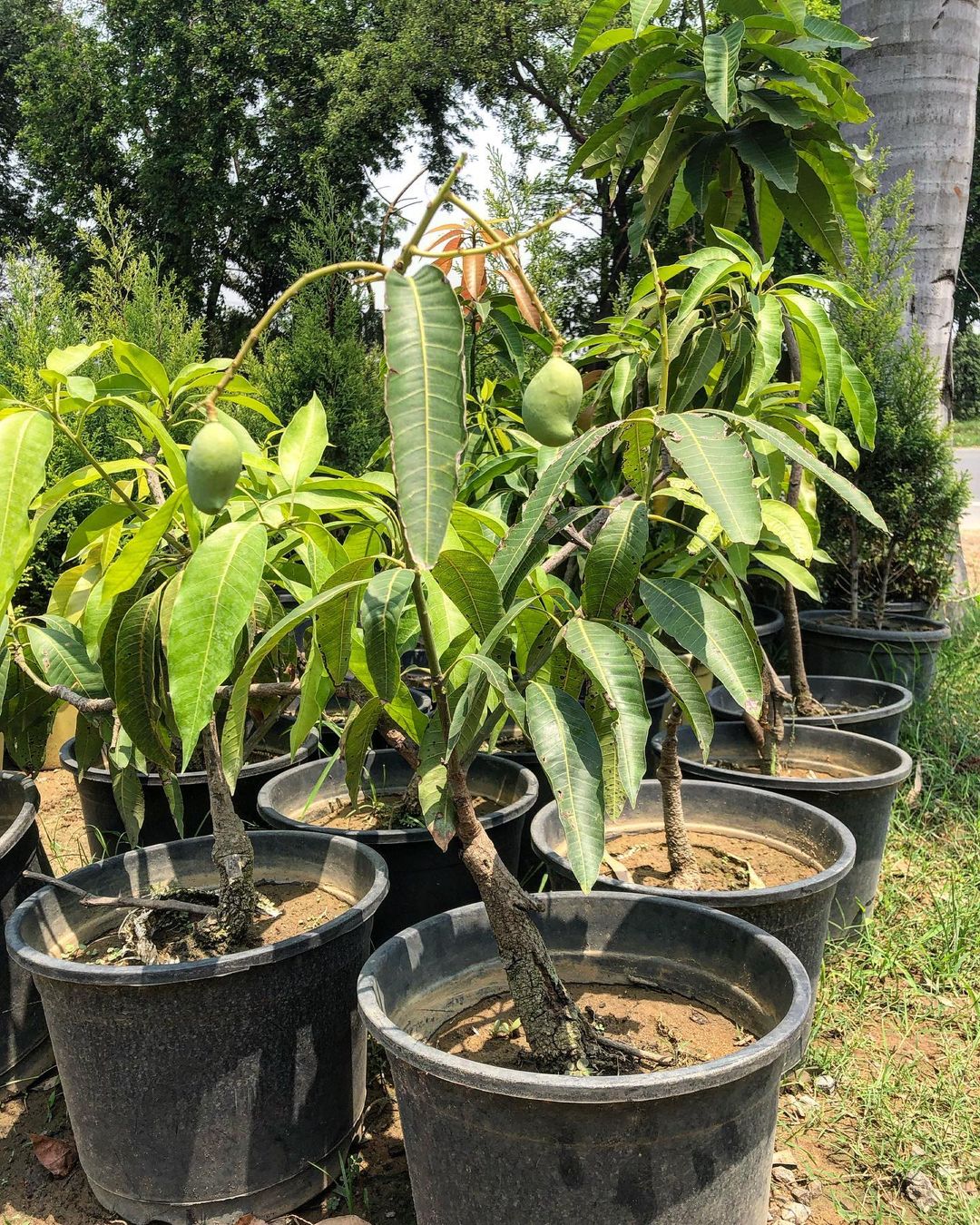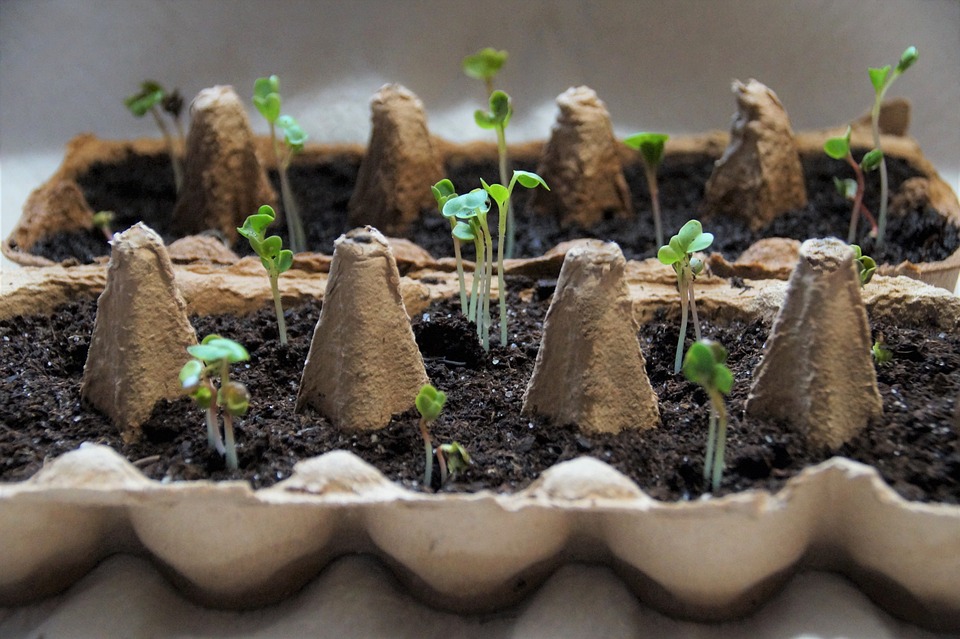Learn expert Tips To Grow Mango Tree In A Pot with our comprehensive guide and enjoy the sweet taste of homegrown mangoes.
The mango tree, also known as the king of fruits, thrives in warm tropical climates and cannot survive temperatures below 25 F (-3 C). Typically, it requires ample space to grow. However, if you have limited space or live in a colder climate, growing this tastiest fruit is also possible; just follow the simple Tips To Grow Mango Tree In A Pot.
Botanical Name: Mangifera Indica
USDA Zones: 9b–11, can be grown in zone 8 with care
Learn How to Grow Ashwagandha
Mango Tree Growing Habit

When grown in its native habitat, a Mango tree has the potential to reach huge sizes. Certain cultivars can grow to be over 32 meters (105 feet) tall. With over 500 different varieties of mangoes cultivated worldwide, there is a vast range of options available. Given proper care and attention, a Mango tree can live up to a century, providing a lifetime of delicious fruit.
Learn Kajari Melon Care in Pots and Garden
How to Propagate Mango Tree
Growing a mango tree from a seed is not always a practical option as it can take up to 8 years to bear fruit, and there’s no guarantee that it will produce fruit or what type of fruit it will be. As a result, it is often recommended to propagate mango trees through other means, such as grafting or growing from potted plants, to ensure that the tree will bear fruit and produce the desired variety.
The clever decision is to purchase a grafted plant. It is recommended to inquire at a nearby nursery or conduct online research to identify the suitable dwarf variety that thrives in a container.
Note: It’s important to note that a grafted mango plant typically takes at least two years to bear fruit. During its initial three years of growth, the plant tends to become larger but produces fewer flowers and fruits. However, as the plant matures, it becomes increasingly fruitful, with more productive fruiting usually beginning around the fifth year after planting. So, while it may require some patience, the rewards of growing a grafted mango plant can be well worth the wait.
Choose the Right Variety
If you’re interested in growing a mango tree in a pot, a dwarf variety might be an excellent option for you. These trees typically grow to a height of 6 to 15 feet ( 2 to 4.5 meters), making them a manageable size for containers. It’s essential to choose the right dwarf variety, as some are better suited to container growth than others.
- Carrie
- Cogshall
- Glenn
- Pickering
- Mallika
- Honeykiss
- Dwarf Hawaiian
- King Thai
- Neelam
- Amrapali
- Julie
- Fairchild
- Irwin
- Nam Doc Mai
- Icecream
- Alampur Baneshan
- Palmer
Planting a Mango Tree
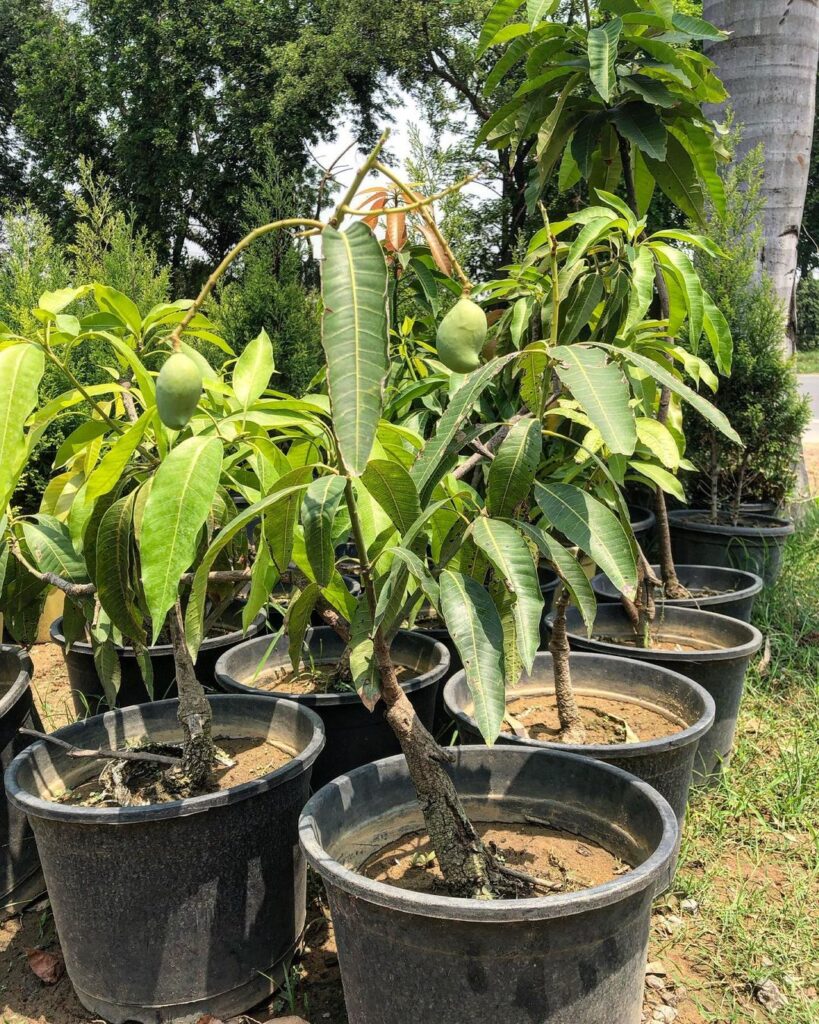
It’s important to select a pot that is suitable for the current size of the plant’s root ball. Update the planter as the plant grows over time in a year or two when it is needed. Keep in mind that as your mango tree matures, it will require a larger container to support its continued growth.
You’ll require a large container to shelter a mango tree.
Tip: It’s advisable to choose a pot that is at least two sizes larger than the rootball that allows sufficient space for growth. For those growing a dwarf variety, a 30-40 gallon pot is generally sufficient to accommodate a mature, compact mango tree.
The Best Time for Planting a Mango Tree
Spring is generally considered the optimal time for planting a mango tree. In its native habitat of India, mangoes are typically planted either prior to the onset of the Monsoon (in July or August) or after the rainy season has concluded.
Follow Tips to Grow Chia Seeds at Home
Important Tips To Grow Mango Tree In A Pot
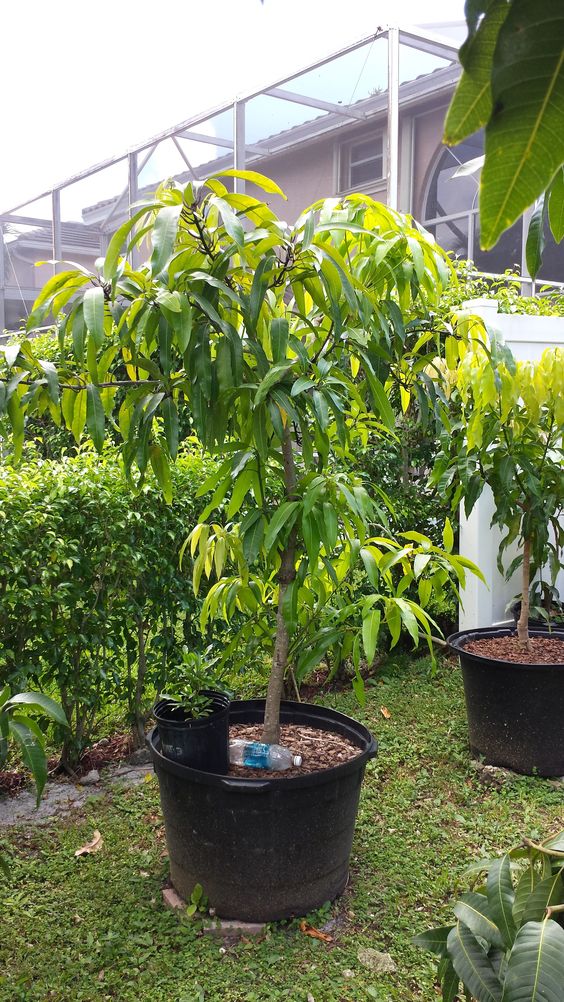
Location
For a mango tree to flourish, it requires a substantial amount of sun and heat. Ideally, the tree should receive approximately 8-10 hours of direct exposure to intense sunlight for optimal growth and productivity. Position the mango tree in a container within the South or West facing area of your garden.
Soil
For optimal growth, this plant requires light, well-draining soil that is rich in organic matter. A slightly acidic to neutral pH level, ranging from 5.5 to 7.5, is also ideal.
Avoid regular garden soil and instead use a high-quality potting mix. When planting, it is advisable to add 1/3 part of compost or aged manure to the soil mix for optimal nutrient levels.
Water
Mango trees grown on the ground have lower water requirements. However, container-grown mango plants differ in this aspect. It is important to regularly water your container-grown mango plant, especially during its initial 2-3 years of growth. As the tree matures and begins to bear fruit, moderate watering during the pre-flowering period is advisable.
Continue watering the mango tree until it reaches a stage where approximately 40-50 percent of the tree is filled with flowers. From the flowering stage to fruit formation, it is important to water the tree regularly. This watering regimen should continue until a few weeks, or a month, prior to harvesting the mangoes. As the harvest period approaches, gradually reduce the watering frequency to a moderate level.
Mango Tree Care
Fertilizer
During the active growth period of the mango tree, it is recommended to fertilize it with a balanced fertilizer. As the blooming season approaches, it is advisable to decrease the amount of nitrogen and select a fertilizer with a high content of potassium and phosphorus.
For abundant fruit production, opting for citrus fertilizers, such as an 8-3-9-2 mix available in the market, is ideal.
Pinching and Pruning
When the mango tree is young, continuous pinching promotes bushier growth.
The mango tree does not require significant pruning every year. However, it is important to remove any dead, diseased, or tangled branches that hinder air circulation and prevent sunlight penetration. This helps maintain the overall health and shape of the mango tree. It will be best to prune the mango tree after the harvest for optimal results.
Note: Excessive pruning can lead to a reduction in the number of fruits produced by the mango tree in the subsequent year.
Pests
Mango trees are susceptible to common pests, such as Hoppers, Mealy bugs, Scale, and Spider Mites, which can reduce the vitality of the tree and result in lower fruit yields. To prevent this, it is essential to control these pests as early as possible using either organic or chemical pesticides.
Growing a Mango Tree in Cold Climates
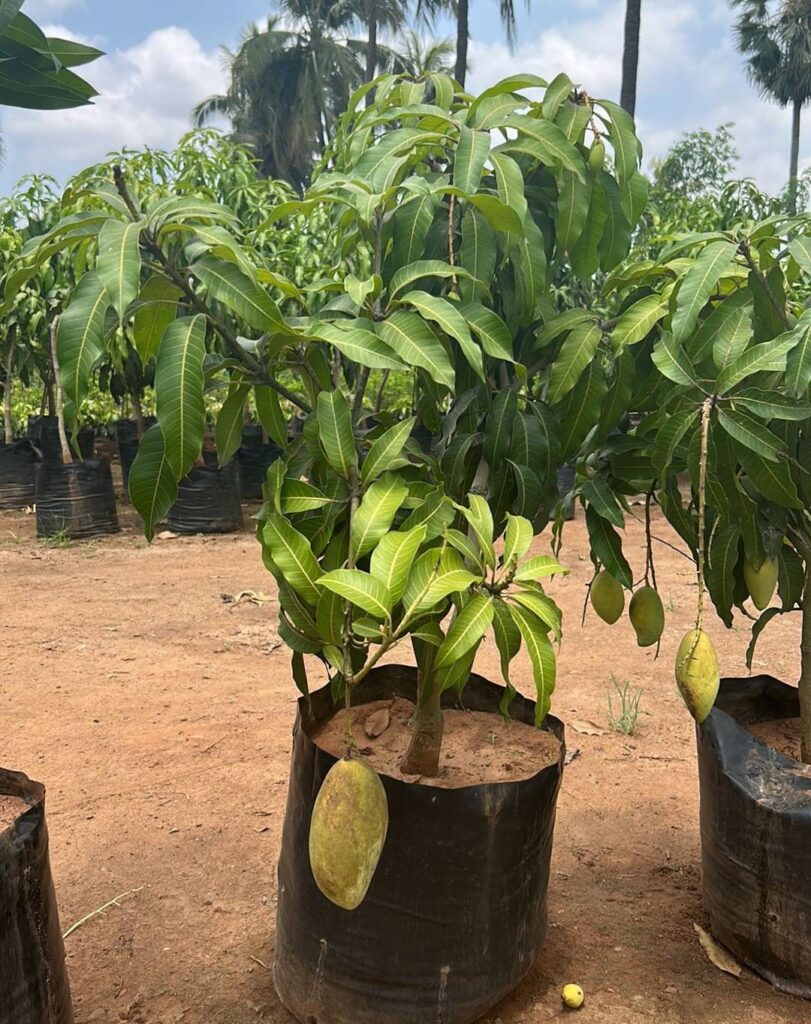
- If you are living in a cooler climate, it is advisable to use a dark-colored pot for your mango tree. This is because mango trees thrive in warm environments, and black-colored pots have a natural tendency to absorb heat.
- Additionally, it is crucial to ensure that the pot has adequate drainage holes, as mango trees do not fare well in overly moist or waterlogged growing conditions.
- It is important to cover the pot with bubble wrap once the temperature begins to drop.
- During the winter season, transferring the mango tree pot to a greenhouse or indoors will be a smart idea, particularly if you are not cultivating the plant in a frost-free region.
- To ensure optimal growth, position the pot in a room close to a south-facing window that receives direct sunlight for at least a portion of the day.
- You can also use grow lights and specialized temperature-raising halogen lights to warm up the room.
- To protect the plant from cold temperatures, consider covering it up for insulation purposes.
Harvesting Mangoes

Mango fruits typically begin to ripen within 3-4 months following the flowering stage, with the exact timing dependent on both the climate and the mango tree variety.
In hot and humid climates, fruits tend to ripen at a faster pace. Harvest mango fruits when their scent becomes sweet and alluring.
Additionally, unripe fruits can also be harvested and utilized for making a variety of culinary dishes such as sherbet, pickles, chutneys, and curries.
Read about Chilacayote Squash Care

